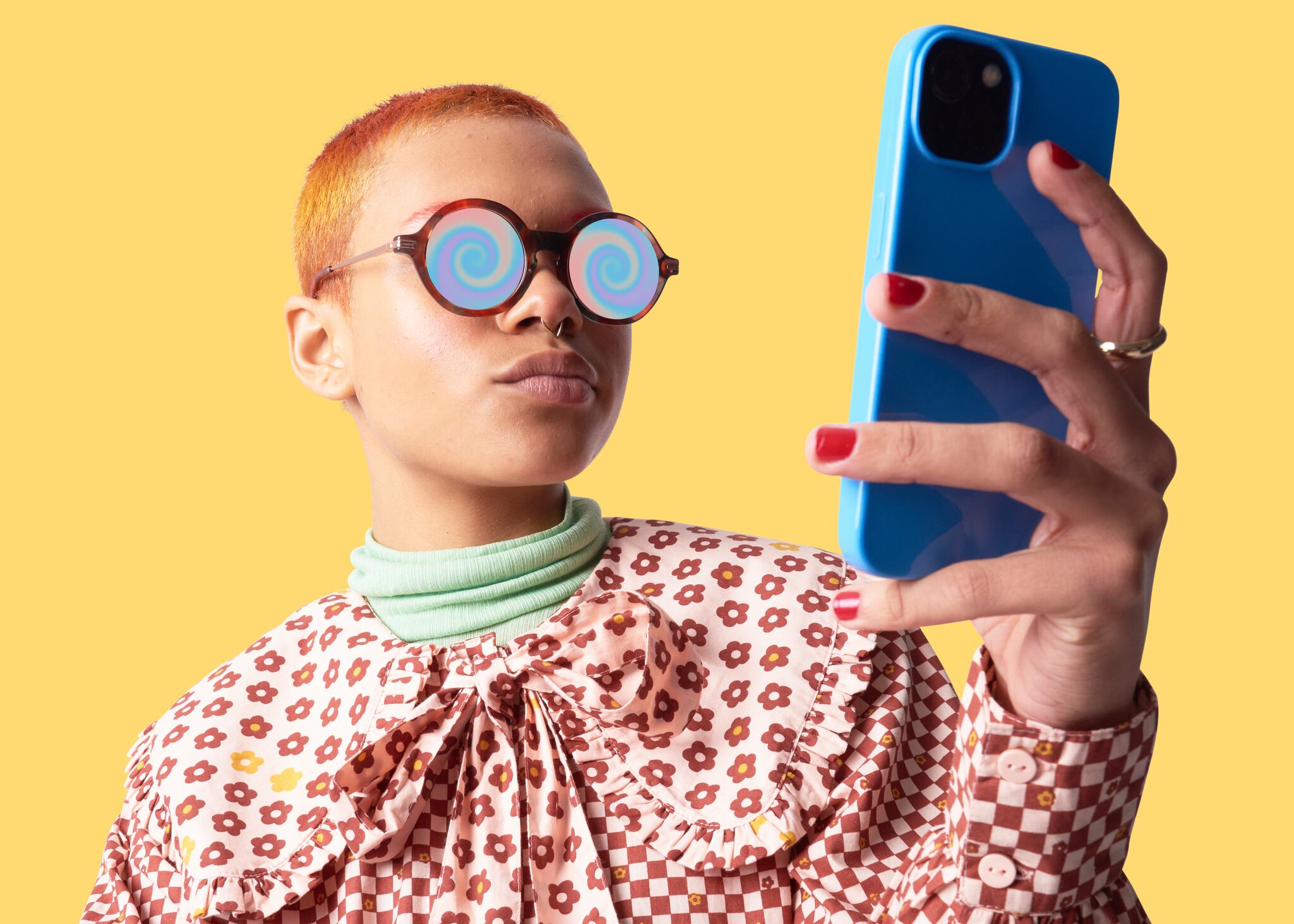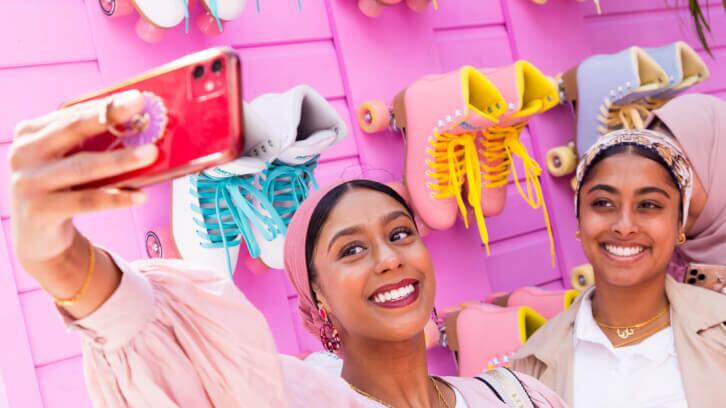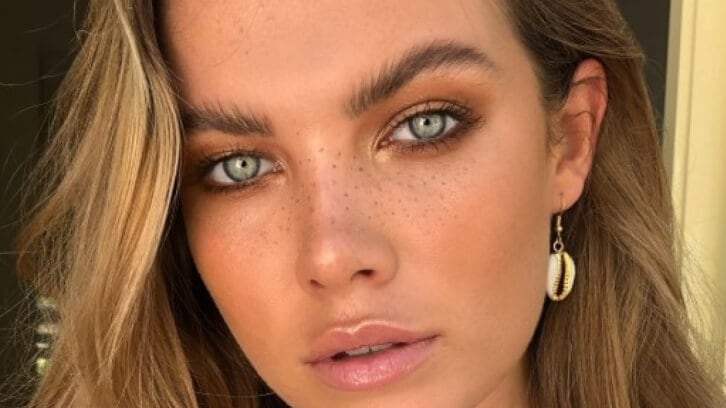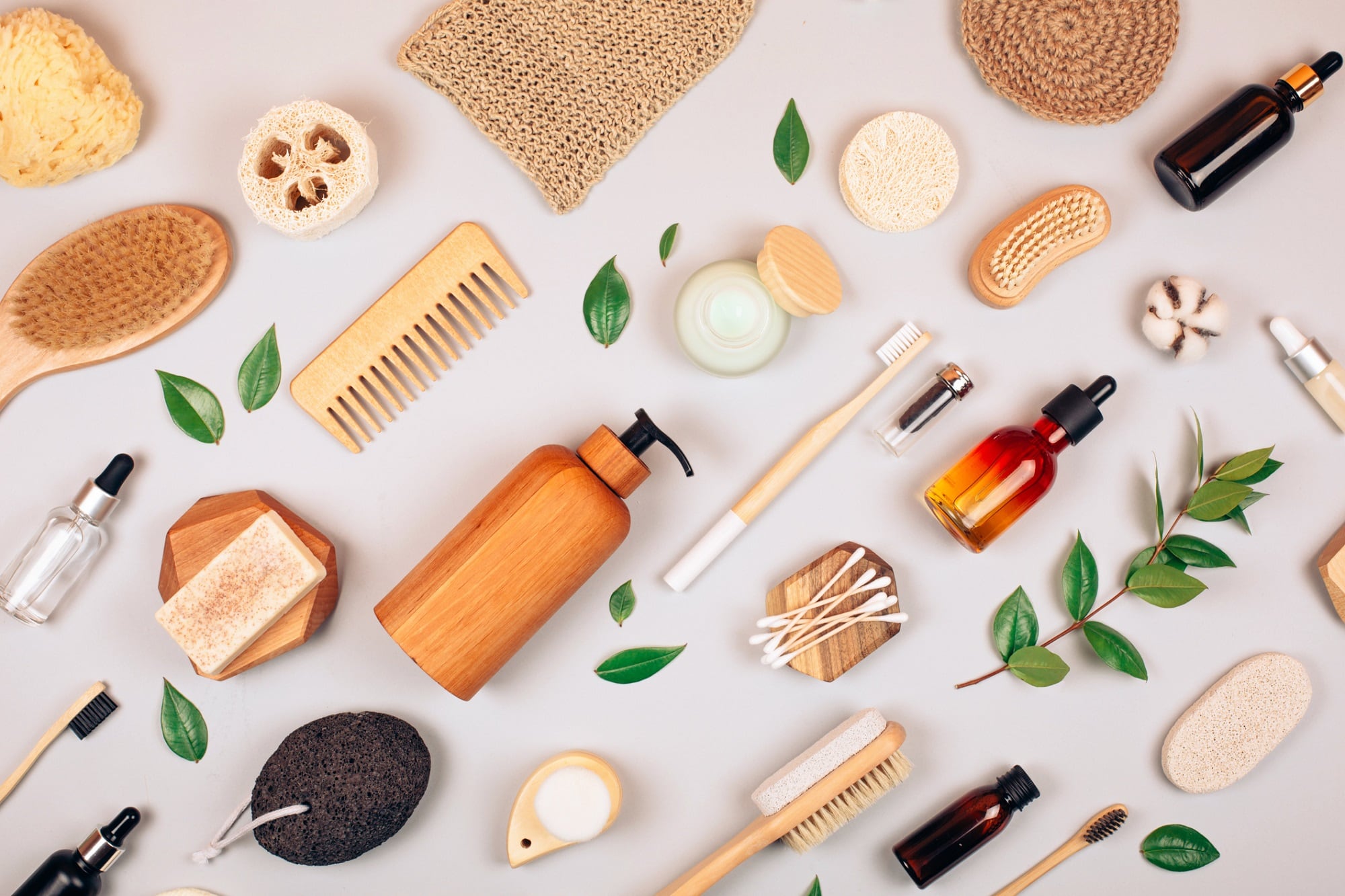Some beauty startups find the ‘secret sauce’ to break through the dominant messaging and quickly establish themselves as a disruptor and champion for the younger generation. So how do they do it? Impeccable timing? Pure luck? Or did they know something that others just didn’t?
“I wish I could tell you it was all down to a catchy strapline, but the answer lies in their strategic approach, creative innovation, and their ability to connect with Gen Z consumers on their level,” shared Willcocks. “Of course, TikTok is an ideal platform for this – brands can collate the best UGC of their fans using their products, jump on the latest trend, and connect with the right names in the young beauty space.”
Willcocks and her team have been analysing the workings of these challenger brands and have shared four key observations on what made them stand out of the crowd.
Experimentation is key
According to Willcocks, new beauty brands already have an advantage to reach younger consumers, as they can be more experimental and adaptable in their marketing approach. “While legacy brands might be afraid to change up the playbook that’s worked for them for decades, newer brands aren’t burdened by a history of operating within traditional marketing parameters,” she said. “Our research showed that consumers want brands to evolve.”
However, some legacy brands have also managed to completely transform their brand image. Willcocks gives an example of the fashion brand Burberry, which lost its English country aesthetic in favour of conceptual streetwear shoots, while still maintaining its famous check pattern.
Be responsive
In terms of a super-responsive brand, Willcocks pointed to Rihanna’s Fenty Beauty, which only launched in 2017 and by 2021 was one of the biggest celebrity beauty brands of all time.
“Rihanna’s close involvement with the brand and her responsiveness to consumer feedback gave it a unique advantage,” said Willcocks. “It also responded to a genuine consumer need for more inclusivity where other, more traditional brands had failed to look beyond European consumers.”
She also commented how Fenty Beauty's social media marketing – with its vibrant visuals and engaging storytelling – further solidified its connection with Gen Z.
Know your digital audience
According to Willcocks, challenger brands often know how to build better connections with their social media audiences.
She name-checks Glossier – which started life as a beauty forum in 2014 – as a great example. She said the brand “makes great use of UGC, playing into TikTok’s clean girl and Y2K aesthetics.” She also notes how current trends and language used by the target audience inspire posts – with one playfully saying their products will take you “from a 6 to a 10”.
Another good example is the makeup artist-turned-entrepreneur, Made by Mitchell and his cruelty-free, LGBTQ-inclusive offering. “Googling his brand shows he’s a social native – his website title refers to his products as ‘viral makeup’ . Thanks to his expertise in creating fresh looks, and partnering with big names in the Gen Z beauty space, he turned his virality into a successful brand that captures the values of the younger generation,” she said.
She also noted how he was also unafraid to name products with words that sound like internet slang too, for example ‘Blursh’.
Forget traditional ways of working
And finally, Willcocks revealed that big-budget, glossy ad campaigns should never be your priority when it comes to reaching younger consumers.
“Gen Z sees through inauthenticity and values peer-to-peer recommendations,” she shared. “Brands must invest in peer-driven campaigns and UGC to truly connect.”
She shared that ColourPop is a great example of this: “With first-person TikTok captions written in chatty, informal language, and product videos riffing on the latest trends, they’re placing themselves on the modern billboard that is the ‘For You’ page,” she said.
The fast-moving, ever-changing beauty industry isn’t just about selling products anymore, it's about building a movement, standing for values, and creating a space where Gen Z feels heard, represented, and empowered.
“Challenger beauty brands are proving that authenticity, innovation, and a relatable identity are far more effective than side-of-a-bus posters – which is so 2003!” concluded Willcocks.





